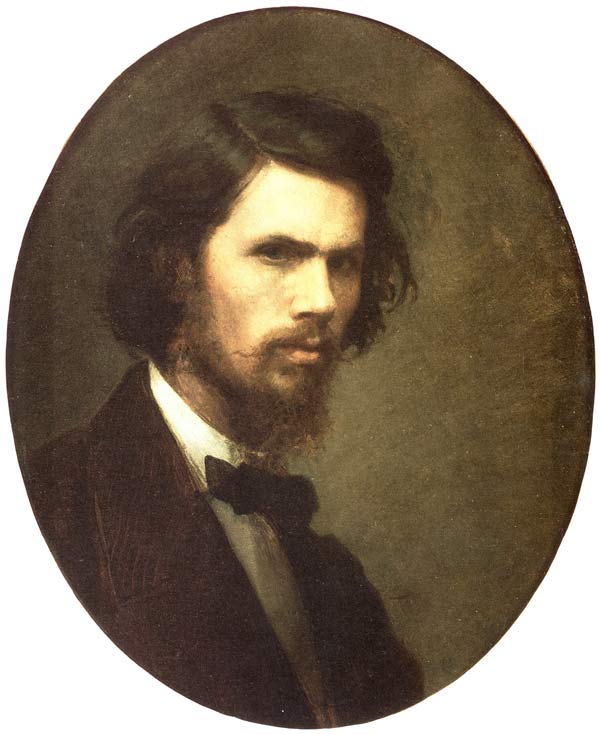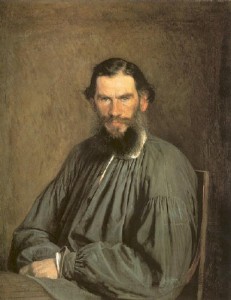Ivan Nikolaevich Kramskoy (June 8, 1837, – April 6, 1887) is an
outstanding representative of the democratic culture in Russia of the second
half of the 19th century. He is known as a wonderful painter, a remarkable
art critic and a talented teacher. Besides, he was an
originator and ardent inspirer of the first independent artistic organizations,
namely the Itinerants’ Society of Traveling Exhibitions and St. Petersburg Team
of Artists (Peredvizhniki or Wanderers, 1860-1880), which had played an important part in the development of art in
Russia.
Born in Ostrogozhsk into the family of a provincial state clerk, Kramskoy had no opportunity to study art during childhood. Only in 1857, he managed to come to St. Petersburg and enter the Academy of Arts. There he soon became a popular leader among the students. In 1863, he was among the 14 best graduates who refused to fulfill the diploma work on a given mythological theme. All 14 were dismissed from the Academy, and Kramskoy headed the St. Petersburg Team of Artists.
Born in Ostrogozhsk into the family of a provincial state clerk, Kramskoy had no opportunity to study art during childhood. Only in 1857, he managed to come to St. Petersburg and enter the Academy of Arts. There he soon became a popular leader among the students. In 1863, he was among the 14 best graduates who refused to fulfill the diploma work on a given mythological theme. All 14 were dismissed from the Academy, and Kramskoy headed the St. Petersburg Team of Artists.
Ivan Kramskoy is famous mainly as a portraitist; his
portraits of the 60s are not large, and very often monochrome, reminding of
photographs. Since 1869, Kramskoy started to receive regular commissions from
the collector of Russian art Pavel Tretyakov, who commissioned portraits of
personalities of Russian culture and science. For Kramskoy it was a feat to
preserve, for the generations to come, the likeliness of his outstanding
contemporaries.
Portrait of Empress Maria Feodorovna, 1882
Portrait of Leo Tolstoy, 1873
Kramskoy always understood the capturing charm of
color, admired Alexander Ivanov, his younger contemporaries – Repin, Vaseline, Polenov,
French Impressionists. Aspiring to expand the
ideological expressiveness of his images, Kramskoi created art that existed on
the cusp of portraiture and genre-painting.
Christ
in the Desert, 1872
Unknown Woman, 1883
These paintings disclose their subjects' complex and
sincere emotions, their personalities and fates. Moreover, they embody the high moral and social ideals of his time.
For him, artistic truth and beauty, moral and aesthetic values were
inseparable. His works greatly influenced his contemporaries’ ideology. Today
they still affect people because the artist’s attitude to life was based on
love and respect of man, on his belief in truth and justice.





No comments:
Post a Comment